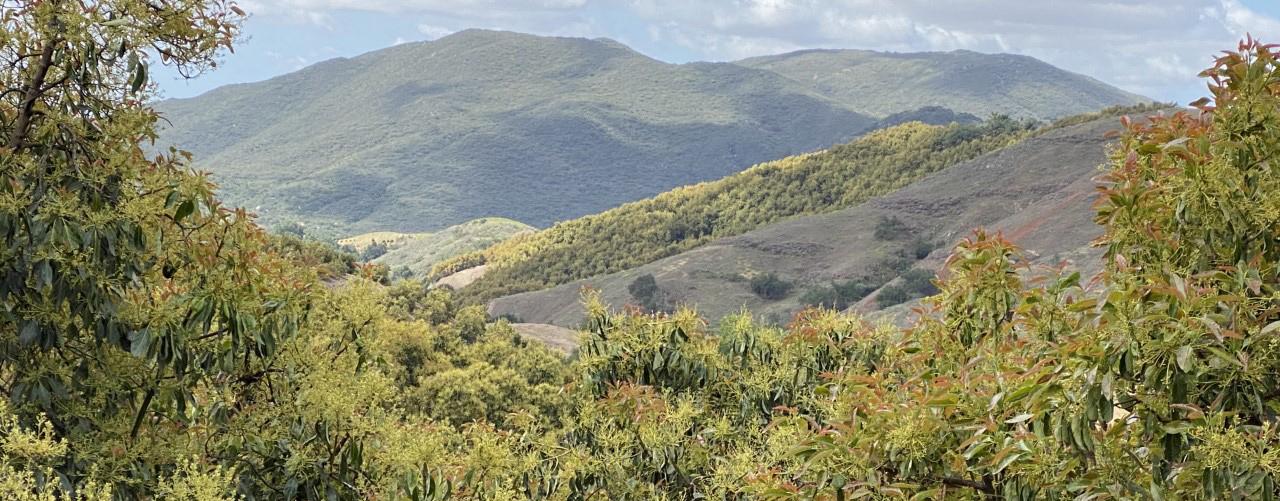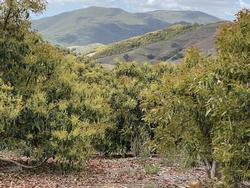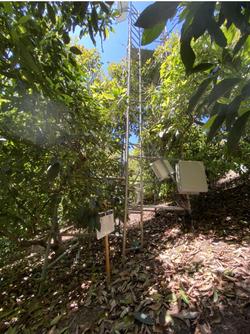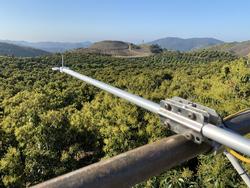New Irrigation Tools May Assist Avocado Growers In San Diego

Featured Story
New irrigation tools and strategies may assist avocado growers in San Diego County to enhance resource-use efficiency, water quality, and economic gains
Avocado is primarily grown in Southern and Central California, typically in regions tempered by coastal climates and fine or course sandy loam soils. These regions face uncertain water supplies, mandatory reductions of water use, and the rising cost of water, while efficient use of irrigation water is one of the highest conservation priorities.
Avocado has been one of the prominent crops produced in southern California since the early 1950s. San Diego had been the leading producer county accounting for about 60% of the acreage, however, a continuous decline of acreage and production has been seen since the early 1980s. The avocado production area acreage declined from nearly 24,700 in 2009 to nearly 14,500 in 2020 in San Diego County. This is mainly because of the expansion of urban development that has increased the cost of avocado production and especially the cost of water. Additionally, global production increase of avocados caused price declines and grower returns.
Avocado is a sub-tropical rainforest tree and therefore, careful water management is critical for its high yields of good quality fruit. Currently, the industry’s concern is how to increase production while decreasing the cost of water. Developing more accurate estimates of crop water use and effective irrigation scheduling may have a significant impact on water quality and quantity issues, possibly compromising the economic sustainability of avocado production. Data on water use by avocado orchards in the central and southern regions and cropping systems of California is limited, and the lack of information hinders the achievement of efficient water and nutrient management.
The ongoing avocado irrigation study intends to acquire relevant information on crop water consumption and crop coefficients, optimal irrigation water management, and to assist growers in employing adaptive tools that support profitable and sustainable avocado production; and improve water quality. A combination of field experiments, case studies, and a robust outreach program are planned to develop and disseminate information and tools to growers and stakeholders.
The field experiments are being conducted in 4 mature avocado orchards in Escondido and Temecula. The experimental sites have different plant density, row orientation, canopy features, and soil types and conditions that can represent avocado production systems in the region. A flux tower was set up in each of the experimental sites to measure actual evapotranspiration (crop water consumption) on a continuous 30-minute basis. Monitoring soil moisture, soil salinity, plant water status, canopy reflectance and features, and fruit yield and quality are being carried out as well.
Improved irrigation scheduling and irrigation system operation are cost-effective tools to address longstanding water challenges in southern California. It allows avocado growers to achieve the maximum return per unit water used and full economic gains. It is expected the tools and information under developing by this study enable more efficient resource- use irrigation management and long-term sustainability in avocado production.





